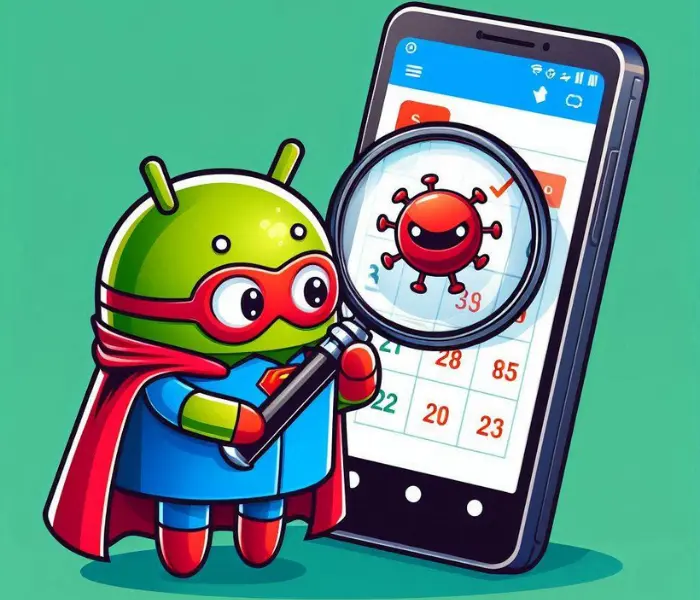Accidents happen, and one common mishap we often encounter is getting water in the charging port of our beloved Android devices.
But fret not! In this guide, we’ll show you effective methods to “How to Get Water Out of the Charging Port Android phone or tablet.”
With these simple steps, you can prevent any potential damage and ensure your device stays in top condition.
Why Removing Water from the Charging Port is Important
Before we dive into the methods, let’s understand why it’s crucial to remove water from the charging port of your Android device:
- Preventing Damage: Water in the charging port can cause a short circuit, leading to potential damage to the internal components of your device.
- Ensuring Functionality: A wet charging port may interfere with the charging process or affect other functionalities of your device. Removing the water promptly helps maintain the normal functioning of your Android device.
What to Do When Water Gets in the Charging Port
When water enters the charging port of your Android device, it’s essential to take immediate action. Here are some steps you can follow to get the water out:
Step 1: Power Off Your Device
The first step is to power off your Android device to avoid any potential electrical damage. Here’s how:
- Press and hold the power button until the power menu appears.
- Tap on the “Power Off” or “Shutdown” option to turn off your device completely.
Step 2: Remove Excess Water
To remove excess water from the charging port, follow these methods:
Method 1: Air Drying
- Gently shake your device to remove any loose water droplets.
- Use a clean, dry cloth or tissue to wipe the exterior of your device.
- Leave your device in a dry, well-ventilated area for at least 24 hours. This allows the water to evaporate naturally.
Method 2: Compressed Air
- Use a can of compressed air designed for electronics.
- Hold the can in an upright position and direct the air into the charging port from a distance of a few inches.
- Move the can around the port to ensure all the water is blown out.
- Avoid using excessive air pressure, as it may cause damage to the internal components.
Step 3: Rice or Silica Gel Method
The rice or silica gel method is a popular technique to absorb moisture from electronic devices. Here’s how you can use it:
- Place your Android device in a sealable plastic bag.
- Fill the bag with uncooked rice or silica gel packets, which can be purchased online or at a local store.
- Ensure your device is completely covered with rice or silica gel.
- Seal the bag tightly and leave it undisturbed for at least 24-48 hours.
- The rice or silica gel will absorb the moisture from the charging port.
Step 4: Check for Moisture
After allowing sufficient time for the drying process, check for any remaining moisture in the charging port:
- Inspect the charging port visually for any signs of moisture.
- If the charging port still appears damp, repeat the air drying or rice/silica gel method for additional time.
Step 5: Test Charging Port
Once you’re confident that the charging port is dry, it’s time to test its functionality:
- Connect your device to the charger or a USB cable.
- If your Android device starts charging normally, it indicates that the water has been successfully removed from the charging port.
Precautions and Tips
Here are some additional precautions and tips to keep in mind:
- Avoid using heat sources like hair dryers or microwaves to dry your device, as excessive heat can damage the internal components.
- Never try to remove water from the charging port using sharp objects, such as toothpicks or pins, as this may cause further damage.
- Consider using a waterproof case or a charging port cover to prevent water from entering in the future.
Conclusion
Accidents happen, and getting water in the charging port of your Android device is not uncommon. However, by following these simple steps to remove the water promptly, you can prevent potential damage and ensure your device remains in optimal working condition.
Remember to act quickly, power off your device, remove excess water, and allow it to dry thoroughly. With these tips, you’ll be back to using your Android device without any charging port concerns.










